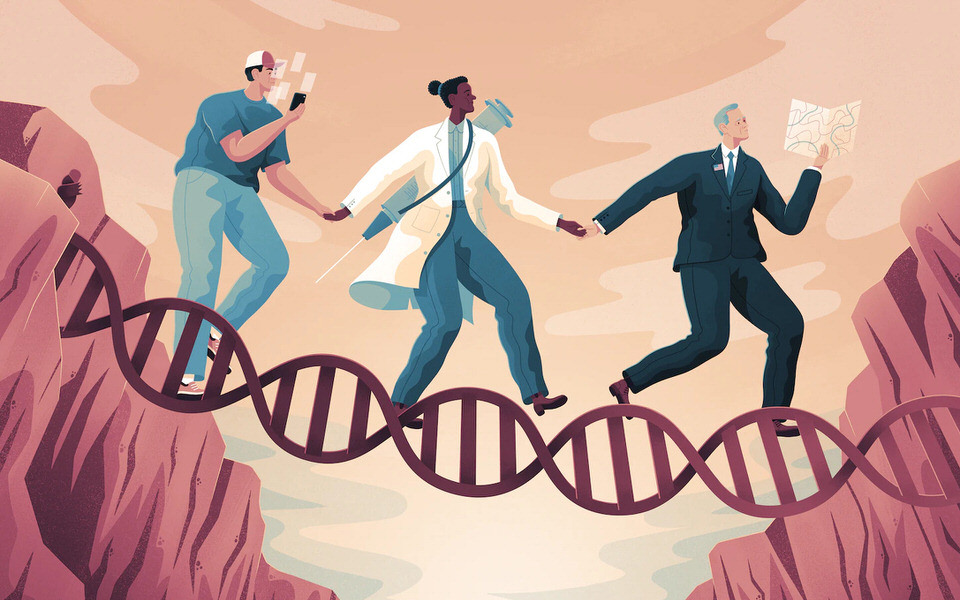The Hard Lessons We Learned — and Didn’t — From Two Years in Pandemic School
Over four decades as a journalist, I’ve covered a lot of disasters, occasionally in person but more often from the comfort of a cubicle, taking feeds from reporters in the field or calling scientific experts who can explain what’s going on. I’ve written about earthquakes, wildfires, tornadoes, the killer tsunamis of 2004 and 2011, the BP oil spill (and wrote a book about that one), the West Africa Ebola outbreak, the opioid epidemic and two space shuttle tragedies — plus some potential disasters, like a giant rock from space slamming into Earth, or the Yellowstone caldera erupting. Conceivably there’s a morbid streak to my journalism, and what I need more than an editor is a therapist.
But all this death and destruction does leave me with some thoughts about disasters and what we can learn from them — whether they’re caused by a pathogen, a violent natural event or a technological accident. What follows are some lessons from the pandemic that I’ve cobbled together, based on what scientists and disease experts have told me and my colleagues over the past two years. This time, I’ll try to avoid making any predictions
Listen to Jennifer Doudna, the Berkeley scientist who co-invented the CRISPR gene-editing technology and received a Nobel Prize for it:
“You’ve heard this before, but it’s worth headlining again and again: scientists worldwide in both nonprofit and for-profit organizations have stepped up in extraordinary ways in the face of an unprecedented public health crisis,” she said in an email in early February. The results: effective vaccines produced in record time, new laboratory and in-home tests that detect the virus and the immune response to it, and new technologies that can help us fight future infectious diseases.
“All of these achievements are built around fundamental science that was largely funded by U.S. taxpayers. As a society, we need to continue investing in basic scientific research.”


